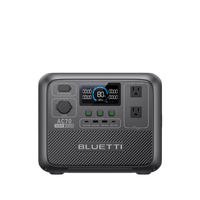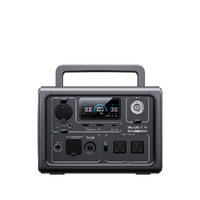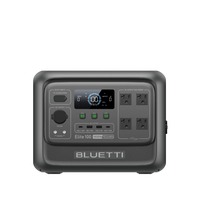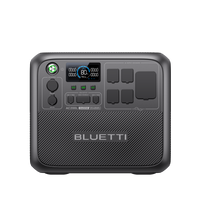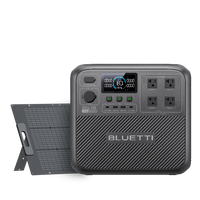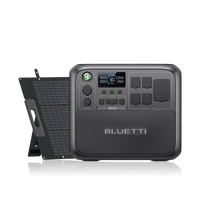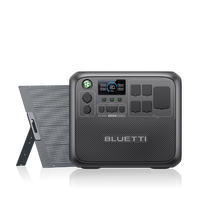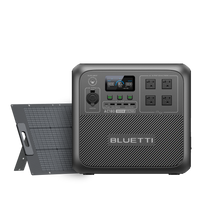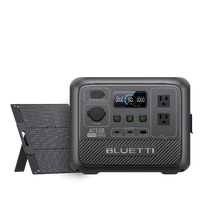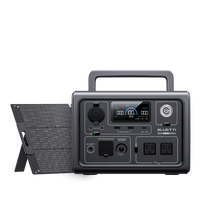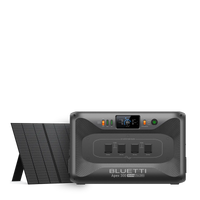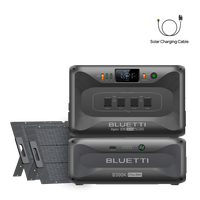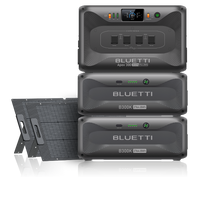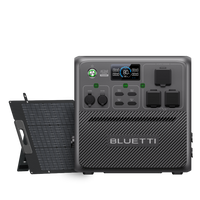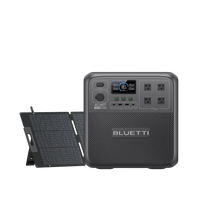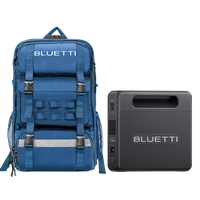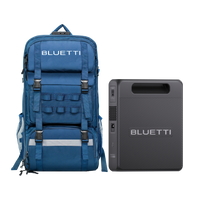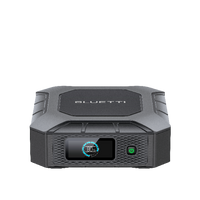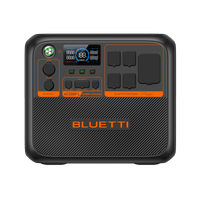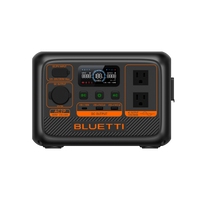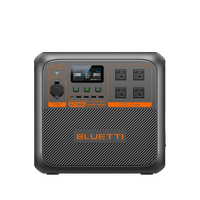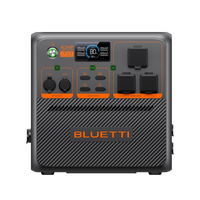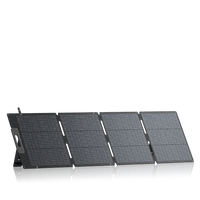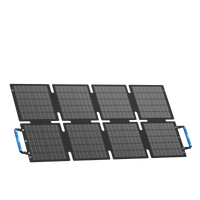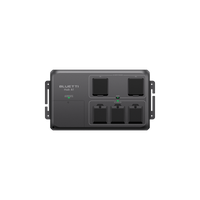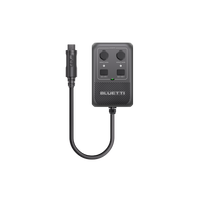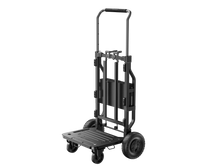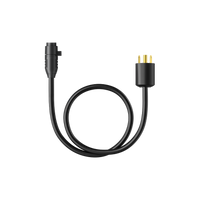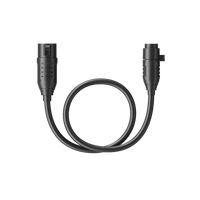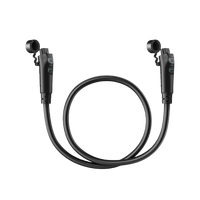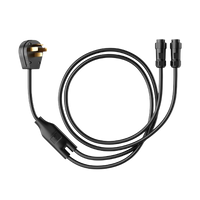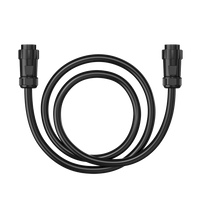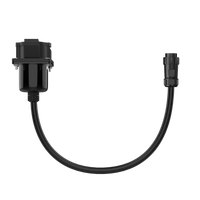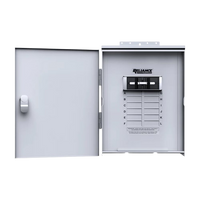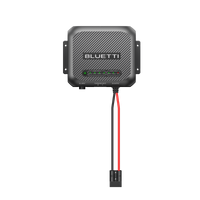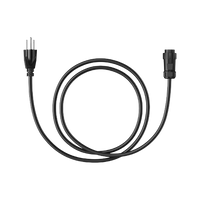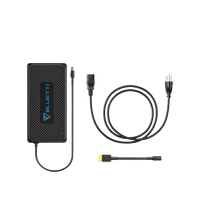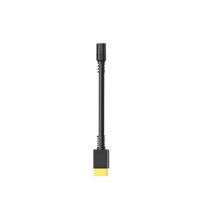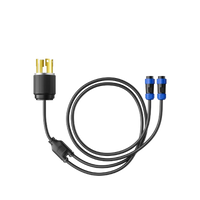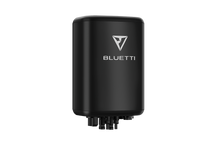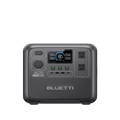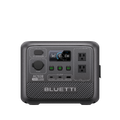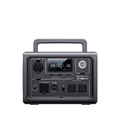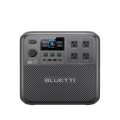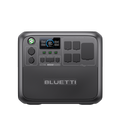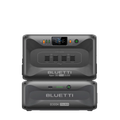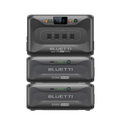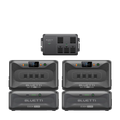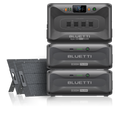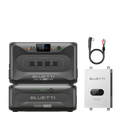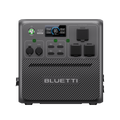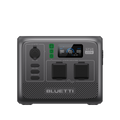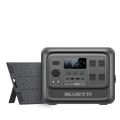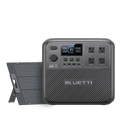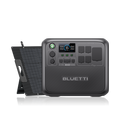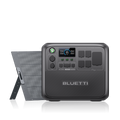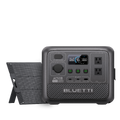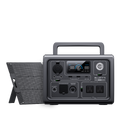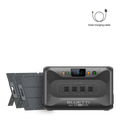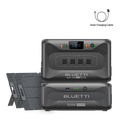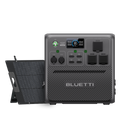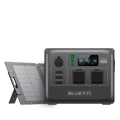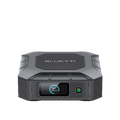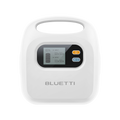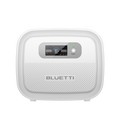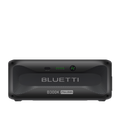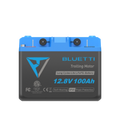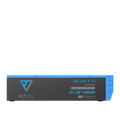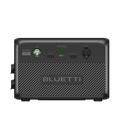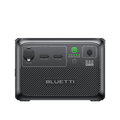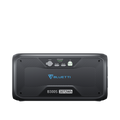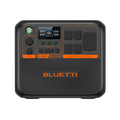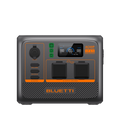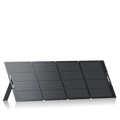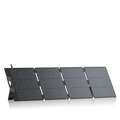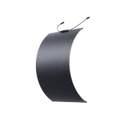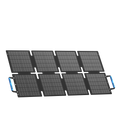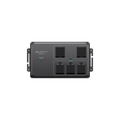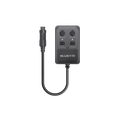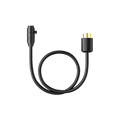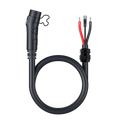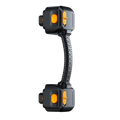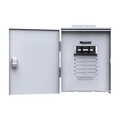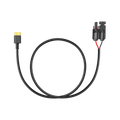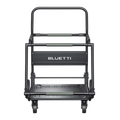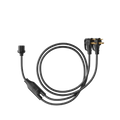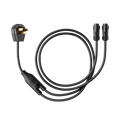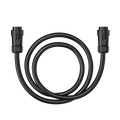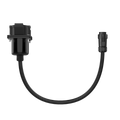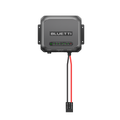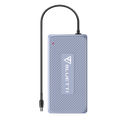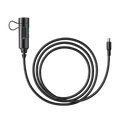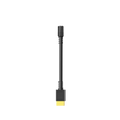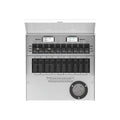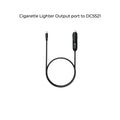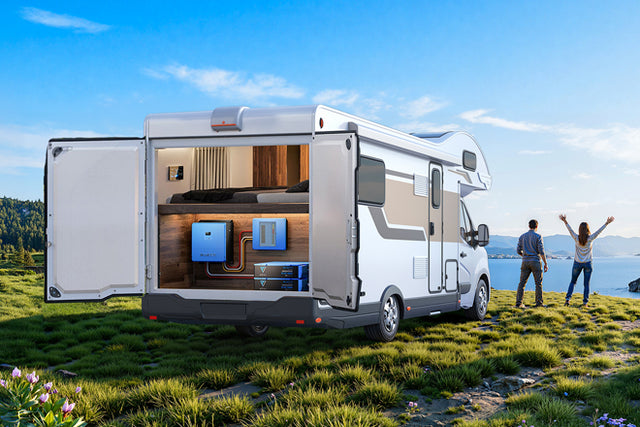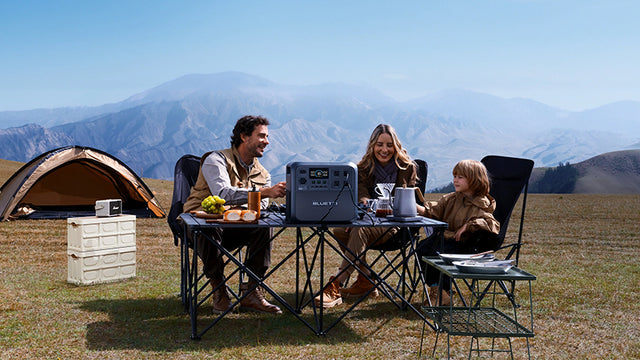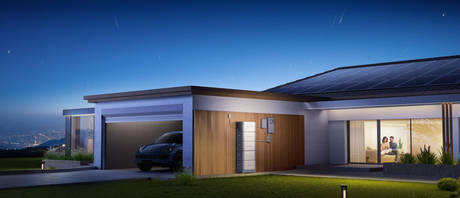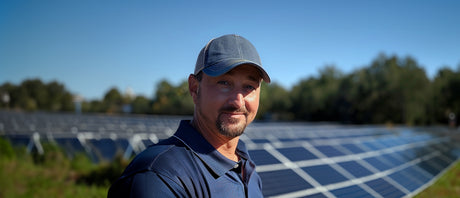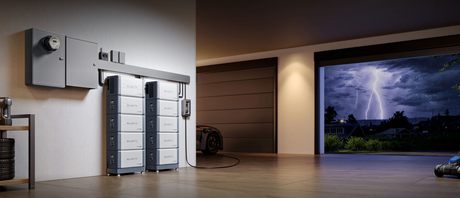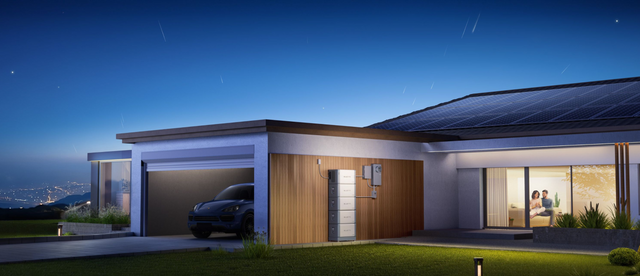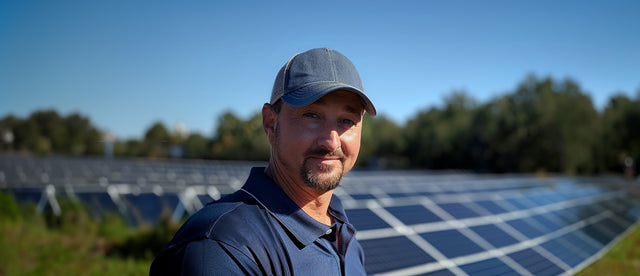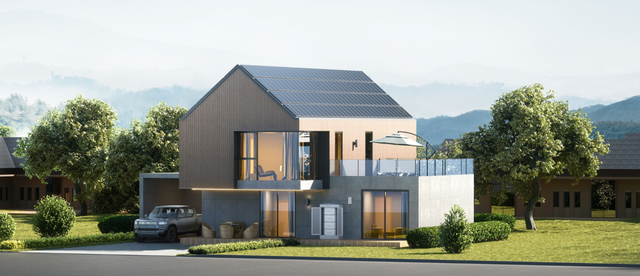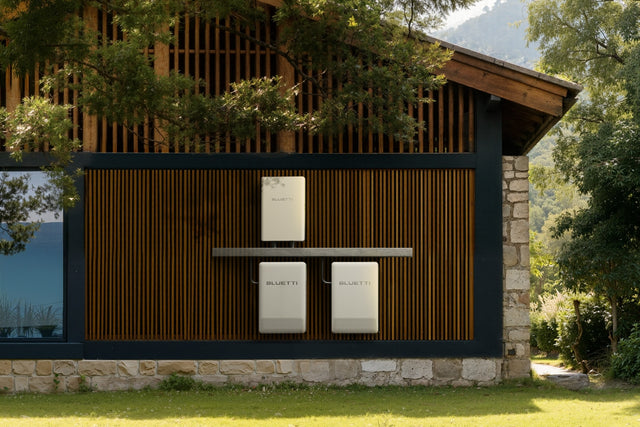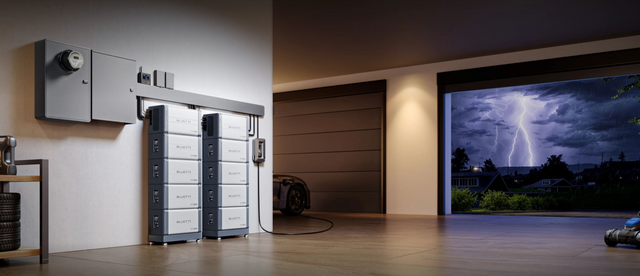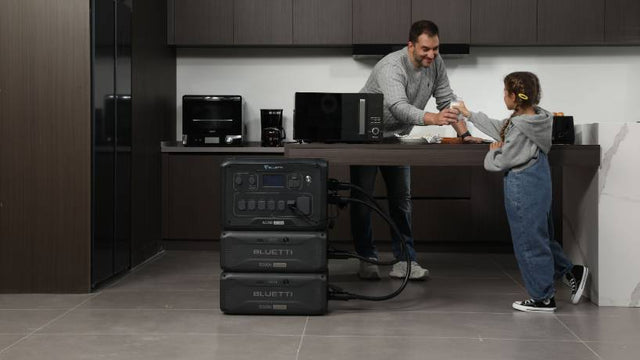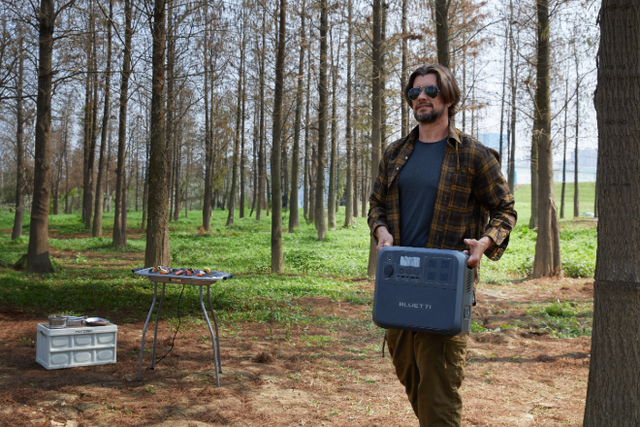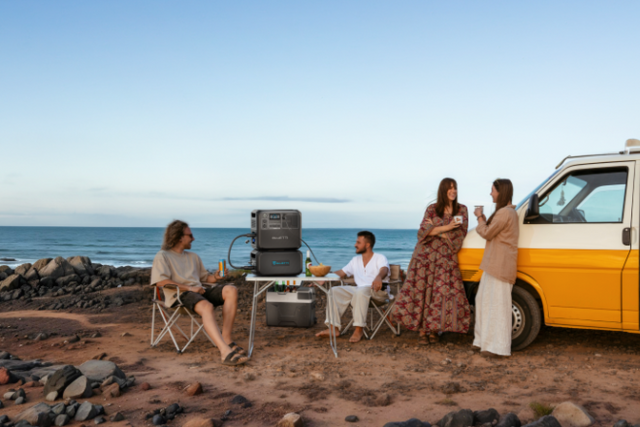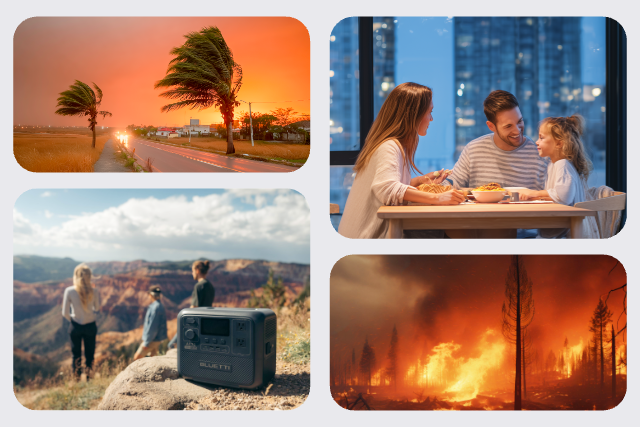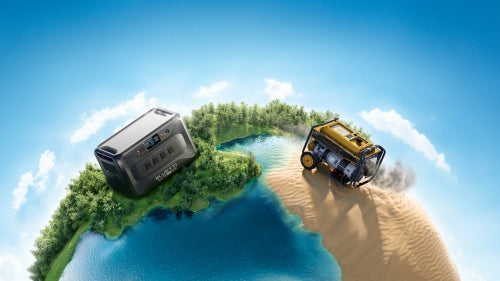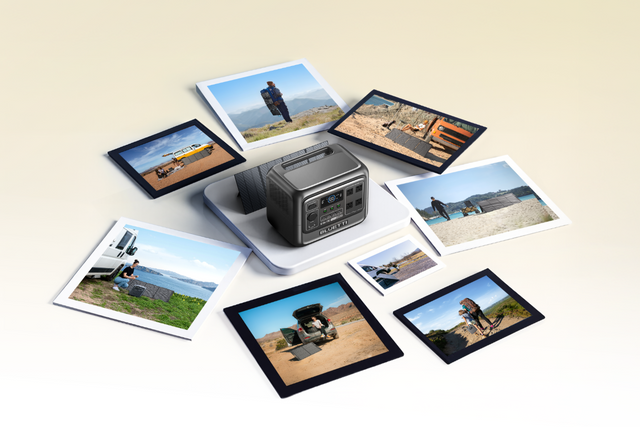Your cart is empty
Shop our productsAutumn camping really has something special going for it. But the weather can turn against you in a moment. One minute, you're in the sunshine. Next, you're battling bitter cold winds, rain, or even a sudden snowstorm. It is therefore important to have an idea of what to do when your fall camping trip turns cold and wet. In particular, you'll need a dependable power source to run your gadgets when the weather turns unpredictable.
For instance, the BLUETTI Pioneer Na (1,500W 900Wh) is an exceptional power source for autumn trips. It keeps functioning even when the temperature drops to −25°C (−13°F). But backup power alone isn't sufficient. That's why in this guide, we'll share the whole list of things you need to do for your fall trip to be able to withstand the elements!

How to Plan and Prepare for Your Fall Camping Trip?
So, what to do when your fall camping trip turns cold and wet? First, you'll need to plan and prepare for tough conditions. So, you can enjoy the best parts of autumn. There are three stages to planning and preparation, which include the following:
Stage 1: Before You Go—Proactive Planning
The initial phase is the most important, as it provides you with a good safety net even before you set foot on the trail. Before traveling, be attentive to the weather. Don't rely on one quick check. Instead, monitor the forecast of where you are going to be for the entire week and observe the changing patterns. Employ a weather app that has a radar to learn about any storms coming.
Moreover, make certain you have a good safety plan before going out. Tell somebody about where you are going, the path you are taking, when you are likely to come back, and the kind of car you are driving. Also, be aware of the closest town or shelter in case of bad weather.
Stage 2: Camp Setup Upon Arrival
Select your campsite well in order to be safe and comfortable. Pick a place slightly elevated so that the rain runs off your tent. Don't choose a low position, along a riverbed, or in a valley, where water and cold air can collect. Also, attempt to camp close to natural windbreaks, such as trees or tiny hills, but keep away from dead tree limbs that are likely to fall.
Reach the campsite early enough in the day to get your tent ready, organize equipment, and get firewood before it gets dark and cold. Moreover, keep your tent area as dry as possible. Additionally, place wet boots and equipment in the vestibule and keep your sleeping area neat and dry. Open the vents of your rainfly to allow better air to pass, even in cold weather, to reduce condensation in your tent.
Stage 3: Activities and Morale Management
The shorter days in autumn imply that you should plan intelligently. Hike and scout in the daytime when it's warm, and see that you have time to get back to the campsite before nightfall. You should always carry spare food and fuel in case you are held up by the weather.
Also, stay warm and in good spirits to keep your body and mood in good condition. When safe, construct a warm-up fire and dry your clothes, and remember to put out the fire. In addition, carry a book, cards, or a downloaded podcast with you. So, you get entertained when bad weather forces you to remain inside your tent.

Gear and Clothing to Pack for Your Fall Camping Trip
During the autumn season, your gear and clothes are your greatest defense. The correct ones can make you warm and comfortable, whereas the incorrect ones make you cold and miserable. The type of equipment and apparel you need to bring to your fall trip is as follows:
-
Shelter System
Your tent is your foundation, and, therefore, it has to keep you dry and safe. The bare minimum is a 3-season tent with a complete rainfly, although a 4-season tent would be better suited in the wind or early snow.
In addition, a footprint should also be used to cover the floor and prevent water. To ascertain further safety, a tarp is also a good idea to cover the vestibule. It will make the vestibule a dry sort of porch to cook, store equipment, or even change boots without letting the rain into the tent.
-
Sleeping Essentials
Keeping warm at night is a major challenge to your sleep system, particularly in bad weather. Use a 0°F (-18°C) sleeping bag. Down is light and warm but loses its insulating properties when wet, whereas synthetic remains warm even when wet.
A sleeping pad with an R-value of 4 or more insulates you against the cold ground, and a foam pad beneath an inflatable one provides additional insulation. You may also use a liner in your bag, such as one made of fleece or thermal material, to keep it warm and clean. To be more comfortable, put a hot water bottle in a sock over your feet to warm your bed before going to sleep.
-
Layering Clothing
Cover up and wear more than one piece of clothing, following the "no cotton" rule. Begin with a moisture-wicking base layer, such as merino wool or synthetic. Add a middle layer to insulate, e.g., a fleece or down/synthetic jacket in case it is colder outside. Finish it with a waterproof, breathable cover to repel wind and rain.
Moreover, put on waterproof, broken-in boots and wear gaiters to keep off water, snow, and debris. Also, do not forget such extremities as a warm hat, a liner, insulated gloves, and several pairs of wool or synthetic socks. Make certain to retain a dry set of socks to sleep in.
-
Other Crucial Gear

Pack a multi-tool, first-aid kit, and insect repellent for lingering fall bugs as well. Also, bring a headlamp with extra batteries and a tent lantern for light. Other than that, a backup power source is crucial for charging devices, emergency gear, an electric blanket, lights, etc. The BLUETTI Pioneer Na is the ideal portable backup source that operates well in cold and wet conditions. This power station can charge in cold temperatures as low as 5°F (-15°C) and discharge at -13°F (-25°C).
It features a 900Wh sodium-ion battery and delivers 1,500W with a 2,250W surge, sufficient for a smartphone, a laptop, a camping fridge, and other small gadgets. You can juice it up to 80% in 35 minutes, using AC and solar power. But if you want to power up demanding appliances, the BLUETTI Apex 300 is the one for you. It's also ideal for whole-home backup and RVs.
The unit offers a 3,840W output and 2,764.8Wh capacity, sufficient to feed an electric blanket, a kettle, and a camping fridge, alongside basic gadgets. But, if you're a team of campers, you can scale up Apex 300 to hit a 7,680W output with 58kWh capacity. The unit can reach 80% charge in 45 minutes using AC, and in 40 minutes using solar. With AC + solar charging, it can hit 100% in 60 minutes, and 65 minutes with a generator. Furthermore, the Apex 300 can reach 30kW with SolarX 4k & AT1.
Food and Beverages for Your Autumn Trip
In cold and wet climates, the body consumes extra energy to keep warm. So, packing food and beverages is crucial for your trip. But not just anything will do. You should focus on consuming high-energy meals and beverages that keep your body warm and active and regulate your internal temperature. The following is a list of the kinds of food and drinks you should carry along when camping in the fall:
-
Energy-Dense Food
Pack your food for maximum energy with minimal effort. Pack snacks with a lot of calories, such as nuts, trail mix, jerky, cheese, granola bars, and dark chocolate. Ready-made dehydrated meals are also light and simple to prepare using hot water. They also make minimal clutter. One-pot dinners, such as stews or pasta, save time and energy.
Having a snack with a high level of calories before going to sleep also makes your body produce heat in the process of digesting. This keeps you warmer during the night. However, you shouldn't depend on a campfire because, in wet conditions or due to fire restrictions in certain areas, it might not be possible. So, carry a stove with enough fuel to boil water fast to prepare meals, drinks, or for washing, or even better, choose an electric stove.
-
Water & Beverages
It is of great importance to be hydrated during cold weather. Otherwise, dehydration may lead to hypothermia. Use thermoses/insulated bottles to ensure that the water does not freeze, and keep one for clean drinking water.
Make certain the bottles do not freeze overnight. For this, you should place the bottles either upside down or at the bottom of your sleeping bag. Even when you are not thirsty, keep drinking because your body continues to lose water through sweat and breathing. A cup of tea, cocoa, or cider can also warm you up during a cold hike or after coming back to the camp.

Fall Camping Activities and Safety Precautions in Cold and Wet Weather
To keep safe and have a good fall trip when it is cold and wet, one has to be adaptable and active to stay warm. Also, keep aware of the simple camp skills and be mindful of possible dangers. Here's how:
-
Activity Management
Staying warm requires smart activity management. Do light work, such as hiking or collecting firewood, to create heat. However, do not overheat, since wet clothes only keep you colder.
In case of heavy rain, play cards, journal, or read in your tent. Even such simple exercises as jumping jacks or stretches in the tent would raise your core temperature in a few minutes.
-
Fire Safety
Fires bring warmth to fall camping, but they must be managed carefully, especially in dry fall conditions. Use only established fire rings or pits. Also, keep fires small and never leave them unattended.
In addition, make certain that there are no local fire bans before a fire is started. One safe substitute is camping-safe propane heaters, which should be used outside and in well-ventilated areas. Besides, to prevent wildfires, it is important to drown the fire with water, stir the ashes, and drown again until it's cold to the touch.
-
Hypothermia Prevention
A severe drop in body temperature, which is called hypothermia, can manifest slowly, and therefore, one must be on the alert. The best prevention is dry clothes. So, change immediately if wet. Moreover, use chemical hand and foot warmers inside gloves, boots, or against core areas.
Early warning signs of hypothermia, such as stumbles, mumbles, fumbles, or grumbles, should be monitored and treated by drying and insulating the patient exhibiting these symptoms. Also, give them warm drinks. Moreover, crack the rainfly vents to let out condensation and keep gear and sleeping bags drier.
-
Wildlife Awareness
During the fall, the wildlife is getting ready for the winter. Thus, you should be vigilant. Carry bear spray in case you are camping in bear country. Also, keep all food, garbage, and scented objects in a bear-proof box or in a well-sealed and properly hung bag very far away from your tent. Prepare and eat in a different area. Besides that, deter smaller creatures such as rodents and raccoons by ensuring that your camp is clean and that all your food is sealed.

FAQs
-
How can I stay warm if my sleeping bag gets damp?
Wear dry base layers and a hat in your sleeping bag. Also, add a warm water bottle if safe, and never sleep in wet daytime clothes.
-
My tent is soaked inside and out. What now?
Ventilate your tent by opening vents or a door to reduce condensation. Also, wipe walls with a small towel and keep gear from touching the tent fabric.
-
How do I keep my electronics (phone) safe from moisture?
Keep them in a zip-top or dry bag inside your clothing to stay warm, as batteries drain faster in cold weather.
-
What if my boots are soaked through?
Change into dry socks, loosen your boots to air them out, or line them with plastic bags before wearing the dry socks if needed.
-
Is it safe to use a heater inside my tent?
No. Never use a gas stove, propane heater, or charcoal inside a tent, as carbon monoxide and fire risks are extremely hazardous.
Conclusion
Autumn camping is beautiful. But what to do when your fall camping trip turns cold and wet? Weather conditions like this require careful planning, the right gear, and wise habits to stay safe and comfortable. By checking the forecast, picking a good campsite, layering clothes, staying hydrated, and managing your activities, you can stay warm, dry, and ready for sudden changes.
A dependable backup power source to run your essentials in harsh weather is another thing you need to prioritize while planning and preparing for your trip. The BLUETTI Pioneer Na Portable Power Station (1,500W, 900Wh) is a great choice for freezing weather trips, due to its cold-resistant charging and operation. It's sufficient to power your basic gadgets.
While BLUETTI Apex 300 (3,840W, 2,764.8Wh) with its scalable solution, can support the needs of a group of campers or high-energy-demanding appliances. With proper preparation and these power solutions, you can enjoy fall camping without being caught off guard by the elements.
Shop products from this article
Be the First to Know
You May Also Like

Comprehensive Guide to Fall Camping Meals That Don't Require a Campfire




